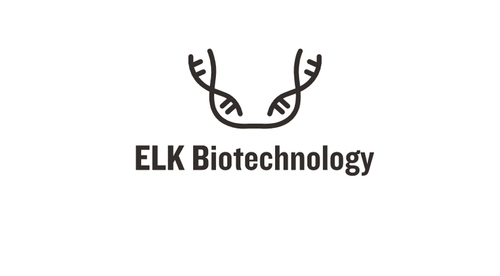Product Description
Rabbit Tissue inhibitors of metalloproteinase 4 (TIMP4) ELISA Kit | AE14941RB | Abebio
Species Reactivity: Rabbit (Oryctolagus cuniculus)
Abbreviation: TIMP4
Alternative Name: Tissue inhibitor of metalloproteinase 4
Application: ELISA
Range: 0.156-10 ng/mL
Sensitivity: 0.058 ng/mL
Intra-Assay: ≤4.2%
Inter-Assay: ≤11.2%
Recovery: 1, 03
Sample Type: Serum, Plasma, Other biological fluids
Detection Method: Sandwich
Analysis Method : Quantitive
Test Principale: This assay employs a two-site sandwich ELISA to quantitate TIMP4 in samples. An antibody specific for TIMP4 has been pre-coated onto a microplate. Standards and samples are pipetted into the wells and anyTIMP4 present is bound by the immobilized antibody. After removing any unbound substances, a biotin-conjugated antibody specific for TIMP4 is added to the wells. After washing, Streptavidin conjugated Horseradish Peroxidase (HRP) is added to the wells. Following a wash to remove any unbound avidin-enzyme reagent, a substrate solution is added to the wells and color develops in proportion to the amount of TIMP4 bound in the initial step. The color development is stopped and the intensity of the color is measured.
Product Overview: Leco et al. (1997) cloned cDNAs encoding mouse Timp4. The predicted Timp4 protein contains the hallmarks of TIMP proteins, including 12 conserved cysteine residues and 2 short conserved sequence motifs. Northern blot analysis of adult mouse tissues detected Timp4 expression in brain, heart, ovary, and skeletal muscle. Olson et al., 1998 determined that the TIMP4 gene contains 5 exons that span 6 kb of genomic DNA. They demonstrated a high degree of conservation of gene structure in the TIMP family. By FISH, Olson et al., 1998 mapped the TIMP4 gene to chromosome 3p25. By interspecific backcross analysis, they mapped the mouse Timp4 gene to chromosome 6 in a region of syntenic homology with human chromosome 3.
Stability: The stability of ELISA kit is determined by the loss rate of activity. The loss rate of this kit is less than 5% within the expiration date under appropriate storage condition. The loss rate was determined by accelerated thermal degradation test. Keep the kit at 37°C for 4 and 7 days, and compare O.D.values of the kit kept at 37°C with that of at recommended temperature. (referring from China Biological Products Standard, which was calculated by the Arrhenius equation. For ELISA kit, 4 days storage at 37°C can be considered as 6 months at 2 - 8°C, which means 7 days at 37°C equaling 12 months at 2 - 8°C) .
 Euro
Euro
 USD
USD
 British Pound
British Pound
 NULL
NULL








